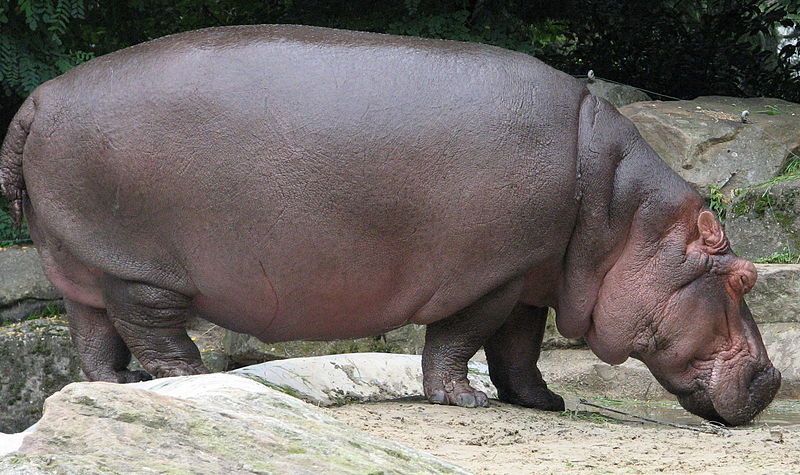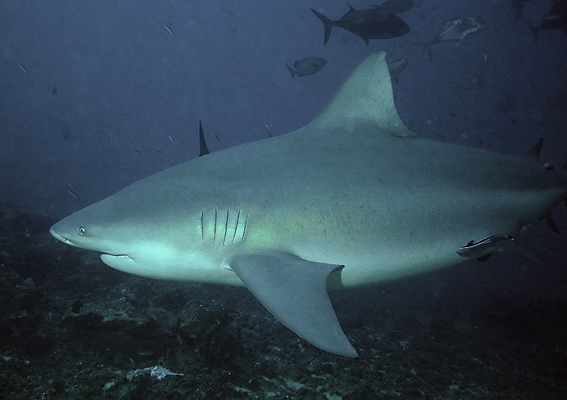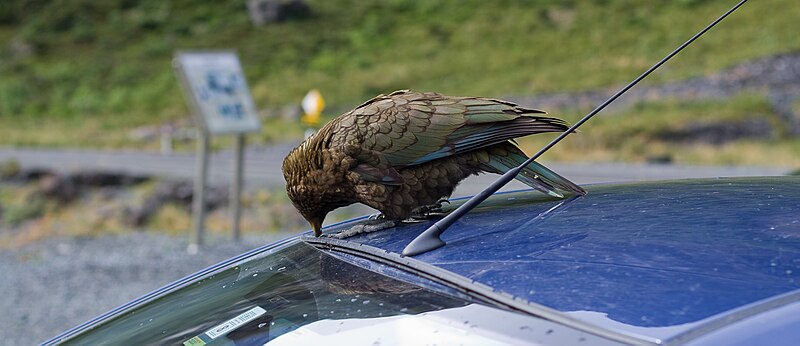First of all, the Christmas play I wrote, “A Big
Misunderstanding,” is sort of on hold. We only have three actors so far (two of
which being my sister, Halle, myself and another youth). We really need to get this play going
though, considering we plan to produce it on December 8th. So if
you’d like to help with this production, please send an email to me at animaladventures@aol.com.
Other than that, what else is going on . . . hmmm . . . oh!
I remember! My next stop-motion movie: Animal
Face-Off: Hippo vs. Bull Shark will be coming up soon. I plan to start
“filming” during the first week of October and then after that it should (Lord
willing) be easy-peasy lemon-squeazy. But how much do you really know about
each contestant? Well, we will take a really close look at each animal soon,
but today we’ll learn a few things about each animal.
The Hippopotamus is a large herbivore living in the rivers,
lagoons, lakes and ponds of Africa. It has huge jaws and large canine teeth. These
are mainly used for fighting other males. They may look fat and slow, but don’t
be fooled – an angry hippo can run at over 30 mph! And hippo’s aren’t fat
either, most of that bulk is actually made up of muscle and bone and almost no
fat.
The Bull Shark has the highest testosterone level of any
other animal ever measured (since dinosaurs are extinct, we obviously can’t
know how much testosterone they had). These sharks have killed more people than
any other shark, including the Great Whites. This shark has also had some
interesting remains in its stomach – hippo flesh!
Who Will Win?!?
 |
| Hippopotamus vs. |
 |
| Bull Shark |
So which contestant will win the fight? Well, you’ll just
have to wait till it’s all finished in a few weeks!
People just love birds. One of everyone’s favorite types is
no doubt the parrot. Parrots are very smart birds. We can train them to talk
and recent tests even prove that at least some parrots actually know what
they’re saying instead of just calling out words! God made these birds for us
to enjoy. Parrots come in a wide range of sizes, from small Budgerigars to the giant Kakapo. Haven’t
heard of the Kakapo? Well, it’s this large green parrot that lives on New
Zealand. It’s not very parrot-like at all; it can’t fly! Most parrots, as we
all know, can fly very well. We often like to have them sit on our shoulders,
especially pirates. But one species of parrot is bound to surprise you.
 |
| A Kea sitting on a rock. |
 |
| This Kea Parrot is about to land on a white car. As you can see, the undersides of its wings are a beautiful orange color. |
It’s
called the Kea, a small green parrot (about 19 inches long) living in New Zealand. Most parrot species
are loved by millions, but not the Kea. It denies normal parrot behavior and is
rather . . . “mischievous”. First of
all, it likes to live in urban areas where they will tip over trash cans, break
car windows, invade camping sites, and play with windshield wipers to the point
of breaking them! (So they’re sort of like foxes on the wing) Another thing
that makes this parrot unique is that instead of living in the lush tropical
forests, it lives in the snow on the alpine slopes. Keas are the only parrots
known to live in this kind of habitat.
But probably the most surprising thing about the Kea is that
instead of asking it, “Polly want a cracker?” you may want to ask, “Polly want
a lamb chops?” This parrot will eat fruit, but lately, they've decided to go
. . . no . . . it couldn’t be . . . could these guys be turning . . .
CARNIVOROUS?!? Strange but true, in the spring, summer and fall, they normally
eat daisies, berries and other fruits, nectar, pollen, insects and etc. But
Keas have been seen actually eating not only stuff from trash cans (which is
why they tip them over in the first place), but they also will eat carrion. In
winter, these foods are harder to find. The rampage began in the 1800’s when
people introduced sheep to New Zealand and the Keas started to eat carrion of
dead sheep. Then they really went on
the rampage! Keas are believed to have actually killed 200 or so sheep in a
single night (in 1884) and 15,000 sheep in a season in. Just when you saw some
animals appeared to be giving meat up like the lions did in a post I wrote a
couple of weeks ago, another animal switches onto meat.
How on earth do they kill sheep anyway? Well, they fly over
to the sheep and start pecking at sores and I’d assume the sheep eventually
died of shock and blood loss. Four main theories arose as to why the Kea
transformed almost overnight to be a sheep-killer:
 |
| A Kea damaging a car. |
- They just switched from eating insects to eating sheep
- There were maggots in the carrion they were eating so this is when they developed a taste for meat/
- The Vegetable Sheep theory is: Keas thought the sheep were plants when they were lying down so they just accidentally ate a sheep and thought, “Hey, this tastes pretty good! We should do this more often!”
- The bird’s diet changed because of theory adaptability, intelligence, curiosity and mischievousness
The last theory I mentioned is the one most scientists
believe is most likely. Many scientists believe they also used to feast on Moa
carrion too (Moas are giant birds that went extinct a few hundred years ago). Boy,
I’m sure glad these birds don’t prey on people! If they did, we’d all be in big trouble no doubt! Because of their sheep-hunting behavior, the Kea was hunted and actually became endangered. The good news is, this bird received full protection in 1986.
Fortunately for all sheep-kind, Kea predations on livestock
have gone down drastically. They are getting rarer and rarer over the past few
years. However, occasional Kea attacks on sheep are still being reported, and
most of these attacks are on sheep that are old, weak or sick (but some people
sometimes will find healthy sheep with Kea wounds). So it seems as though the
Kea is finally calming down . . . at least for the moment . . .
But don’t you start thinking this is the end of it! Kea’s
aren’t the only so-called herbivores that weren’t told they are supposed to eat
plants! A farmer in India lost 48 of his chickens. He suspected some dogs had
done the deed, so he and his brother went out one night to catch the culprit.
Boy were they in for a surprise when they saw his cow named Lal sneak into the
chicken coop and started to grab and eat
the chickens! How shocking in deed. So it turns out those cows promoting
Chick-Fil-A aren’t only promoting the business, they’re also eating at the
business!
Another example would be the was when someone took a trip to
Kangaroo Island in Australia, the person dropped a BBQ steak sandwich. Then two
grey kangaroos came in and devoured the sandwich, bread, meat and all.
In 1992, a wild Panda Bear killed and ate 26 goats before
being captured and studied. In 2002, a British researcher got quite a shock
when she saw a sheep snatch an oblivious grouse and devoured it whole!
Another
sheep was seen gobbling up nine chickens. There’s even a horse that actually
will chase down chickens and eat them whole. And believe it or not, when a film
crew was filming a migration of Wildebeest in Africa, they were migrating
through a river where our “friendly” hippos live. Some wildebeest were killed
by crocodiles who also inhabit the river, but before some of the crocodiles
could eat, hippos came in and started eating the carcass!
Should I go on? Just as many carnivorous animals will have a
vegetarian diet, many animals have become carnivorous herbivores. This, as
horrifying as it may be, is a reminder to us that all animals were originally
designed to eat plants as it says in Genesis. But after the first people
rebelled against God, animals could go either ways. Most chose to go
herbivorous because that was what their bodies were most designed for, but
others chose to become carnivorous. Of course though, as we just learned,
animals can change their diets. Fortunately most animals tend to stick with the
diets that best suits their bodies (for instance, while horses can eat
chickens, they must have a hard time tearing the bird apart with those dull
teeth). Most animals probably would get sick if they tried to eat food that
doesn’t suit their body. However, even in this fallen world we live in, God has
promised us to one day, restore His beautiful creation.
Well, this must have been an eye-opener for a lot of you! It
was for me when I first learned this stuff. That’s all for now, so until we meet
again, I’ll look forward to seeing you next time. Bye!
PS: Have a puzzling question about creation, animals
(including dinosaurs), myself, my most recent book “THE KING ON A CROSS”, a stop-motion movie or etc.? Post your
question as a comment or send me an email to animaladventures@aol.com.
PS 2: Don’t believe anything I said about these
carnivorous-herbivores? Check out these links: Carnivorous Cow, Bird-Killing Sheep, Wild and Woolly! and Air Attack.
PS 3: Want to see my latest stop-motion film, “Animal Adventures Presents: Animal Face-Off: Lion vs. Tiger”, or my
next-to-latest film, “Jurassic Park: TheGame: Triceratops Trouble” either by clicking the links or by going on Youtube.
PS 4: Want to see the latest headline? Go to Smiley's News
PS 4: Want to see the latest headline? Go to Smiley's News
No comments:
Post a Comment